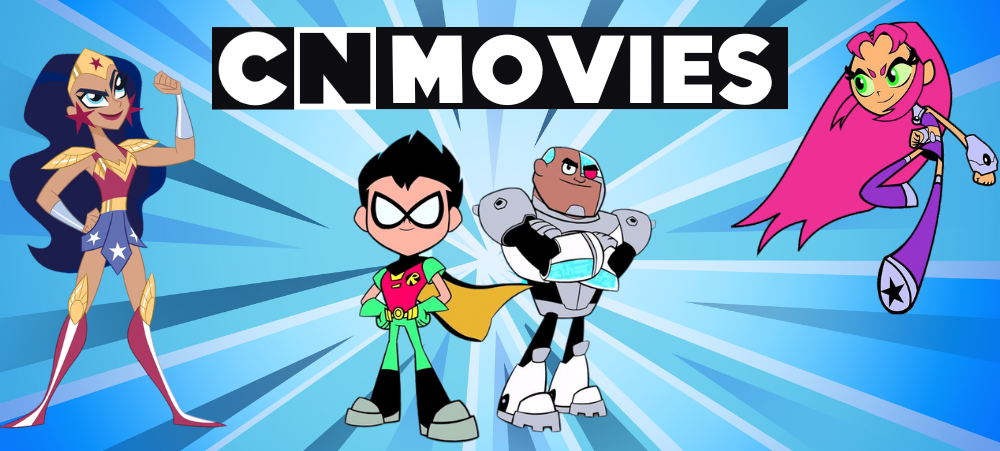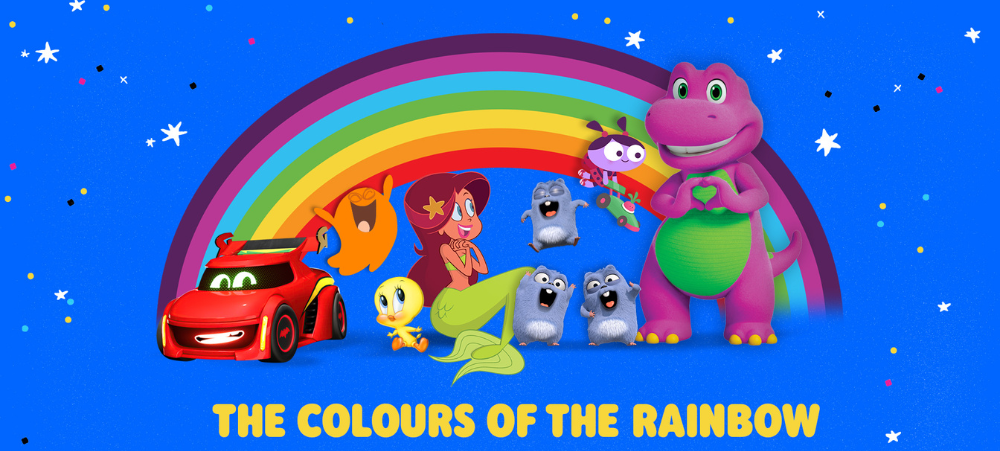In today’s fast-paced world, where convenience often trumps nutrition, many parents find themselves asking: Is my child eating well enough? While the focus often falls on sugar or fat intake, there’s a less discussed but equally critical question we should be asking – Is my child getting enough fibre? Fibre is not just about preventing constipation. It plays a vital role in maintaining children’s gut health, which in turn affects their immunity, brain development, and overall wellbeing. Yet, most modern diets fall drastically short of the recommended fibre intake, especially for children. Why Is Children’s Gut Health Important? We know why gut health is important but how does this translate to children? The intestinal microbiome plays a critical role in children’s development and growth, directly impacting their digestion, immunity, brain development and long-term wellbeing. The gut is where we absorb the majority of our nutrients, which is especially important for children due to their rapid growth and development. A child’s gut microbiome is especially vulnerable and influenced by diet, antibiotics, and lifestyle. Disruption to this delicate system, especially from a fibre-deficient diet, can lead to issues that extend far beyond the digestive tract. Signs Of Poor Gut Health In Children Signs of poor gut health in children can manifest in a variety of ways, including digestive, immune symptoms, skin symptoms, and more. Some symptoms include: ● Frequent digestive issues (bloating, constipation, diarrhoea) ● Recurring colds or infection ● Skin problems like eczema ● Fatigue or difficulty concentrating ● Mood swings or irritability These symptoms may signal a deeper issue — a gut that’s not being properly nourished. One of the key missing ingredients? Fibre. The Role of Fibre in Children’s Gut Health Fibre doesn’t get digested like other nutrients. Instead, it moves through the gut, feeding beneficial bacteria and helping maintain a healthy digestive balance. It also: ● Promotes regular bowel movements ● Acts as a prebiotic, nourishing good gut bacteria ● Increases feelings of fullness, helping to prevent overeating and manage weight ● Supports immune function and reduces inflammation Without enough fibre, children are more likely to experience constipation, digestive discomfort, and even a weakened immune response. Over time, low fibre intake is linked to more serious issues like obesity, type 2 diabetes, and cardiovascular disease. How To Improve Your Children’s Gut Health and Fibre Intake Supporting your child’s digestive system doesn’t have to be overwhelming. With a few mindful adjustments, you can naturally increase fibre in their diet and support a thriving gut microbiome. Make whole foods the cornerstone of your child’s meals. This means offering fresh fruits and vegetables (leaving the skins on when possible), whole grains, legumes, nuts, and seeds. Foods like apples, pears, berries, peas, sweetcorn, oats, lentils, and wholegrain bread are naturally high in fibre and easy to incorporate into meals. These whole foods not only support healthy digestion but also deliver essential nutrients that contribute to immune health, growth, and sustained energy. Processed foods are often low in fibre and high in added sugars, which can disrupt the delicate balance of gut bacteria. Try to reduce the number of packaged snacks and convenience meals your child consumes each week. Read food labels together, looking for products with higher fibre content (aim for 3g or more per serving) and fewer artificial ingredients. While sometimes necessary, antibiotics can disrupt the fragile ecosystem in the gut. If your child needs them, consider pairing with prebiotics and probiotics, and increasing fibre-rich foods to help restore the gut microbiome. Children are more likely to try new foods if they’ve had a hand in preparing them. Let them help wash vegetables, stir ingredients, or choose recipes from a selection of parent-approved options. Use cooking time as a fun and educational activity and talk about where fibre comes from and why gut health matters. Want more tips? Cool Stool®’s free gut health guide includes expert advice, simple, actionable steps to improving gut health, recipes, recommended swaps, and more. One easy way to support children’s fibre intake and gut health is with Cool Stool®, a 100% raw, high-fibre super seed mixdesigned to promote natural bowel movements and nourish the gut. Each tablespoon contains 7.5g of fibre, making it easy to meet daily targets. It’s safe for the whole family from age 2 and is also suitable for pregnant and breastfeeding women. Available in Original, Vanilla, and Cranberry flavours (plus a Gluten-Free option), Cool Stool® can be sprinkled into porridge, yoghurt, smoothies, soups, or even used in baking. Fibre plays a crucial role in building and maintaining your child’s gut health — which influences everything from their digestion to their mood. By making small, manageable changes like adding more whole foods and using convenient options like Cool Stool®, you can help your child thrive. Healthy Cool Stool® high fibre and saw seed muffin mix recipe Try this healthy high-fibre muffin mix recipe to easily include more fibre in your child’s diet – packed with raw seeds and other nutritious ingredients that support digestion, energy, and satiety. It’s naturally sweetened, whole-grain, and great for lunchboxes and snacks. Cool Stool® high fibre muffin mix Dry Ingredients (Muffin Mix Base): Wet Ingredients (Add When Baking): Instructions 1. Combine all dry ingredients in a large bowl. 2. Preheat oven to 350°F (175°C). In another bowl, whisk together wet ingredients. Add the dry muffin mix and stir until just combined. Don’t overmix. Tip: Let the batter rest for 5-10 minutes before baking so the Cool Stool® and oats can absorb moisture and offer maximum gut health benefits. 3. Spoon into muffin tins:Line or grease a muffin tin. Fill ¾ full. 4. Bake for 18–22 minutes, or until a toothpick comes out clean. 5. Cool on a wire rack and enjoy Optional Add-ins (choose 1–2): Cool Stool® high fibre Gluten Free muffin mix Swap the base ingredients to make it fully gluten-free: Dry Ingredients (Gluten-Free) Tip: Let the batter rest for 5-10 minutes before baking so the Cool Stool® and oats can absorb moisture and offer maximum gut health benefits.



































